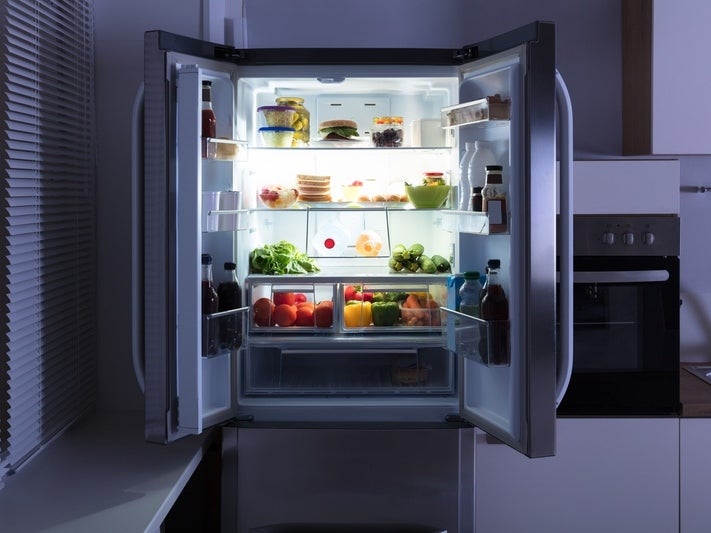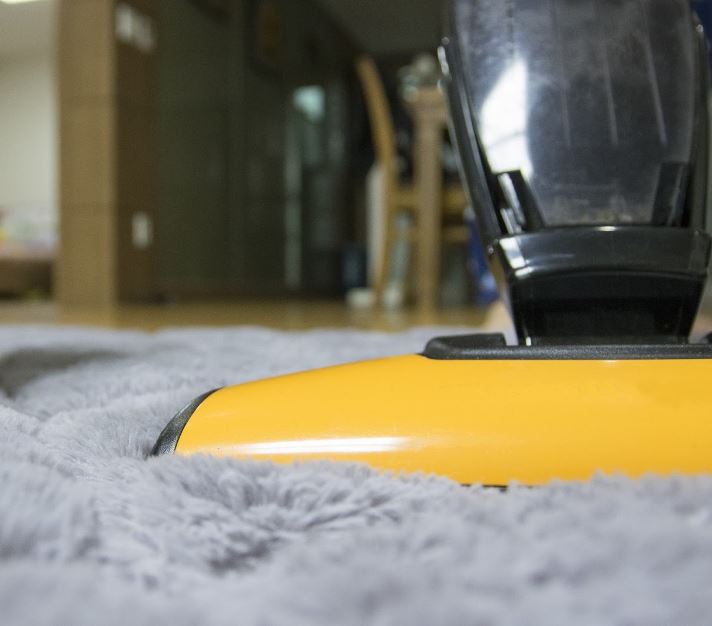Ideas for Organizing Your Refrigerator and Freezer

Have you ever gone to put away groceries and discovered a duplicate of something you just purchased buried and hidden in the back of the refrigerator? Or remembered too late you bought fresh produce—but now it’s less than fresh? A well-organized refrigerator and freezer can save you time, money, and energy. Especially during the holiday season, when food takes center stage, it pays to take a closer look at what’s going on inside these appliances. Along with our expert cleaning services, Beaver Maids knows a thing or two about organizing. We’ve put together some smart tips for rearranging your cold food storage to maximize your space, minimize food waste, and help you plan your meals more efficiently.
Did you know? Refrigerators operate most efficiently at two-thirds full, but freezers do best when they are comfortably full with room for airflow.
Make Your Cold Food Storage Work for You
Reposition fridge and freezer shelves. Adjust the heights to make them work better for your needs. In small freezers, especially those on top of the refrigerator, it might make sense to remove the shelves entirely.
Invest in some clear plastic organizer bins. You can use these to group types of items, such as meats, cheeses, or condiments, which can help identify what you have and what you need more quickly. If you’re looking for new food storage containers, clear is key. When you can see what’s inside, it’s less likely to get shoved to the back and forgotten.
Label everything—and we mean everything. Label food with purchased and open dates, label drawers to clarify what goes where—you can even attach binder clips to the front of shelves for ingenious low-profile shelf labels.
Make things stackable to conserve space. This is where matching sets of food storage containers and stackable organizer bins come in handy. What if you have a mixing bowl covered in tin foil? Set a pair of chopsticks across the top to create a base for stacking. What about a rectangular cake pan covered in plastic wrap? Place a baking sheet over the top and you’ve essentially added another shelf! One more trick we love: Attach strong magnets to the bottom of small jars or food storage containers and stick them to the inside walls of your fridge or freezer to store herbs, spices, nuts, or other small items that can easily get lost in the shuffle.
Tips for a Cleaner, More Efficient Refrigerator
Store meat on the bottom shelf. If this isn’t feasible for your model of refrigerator, store meat in its own special organizer bin. This way, potential leaks won’t contaminate other food, and cleanup is a breeze.
Create a snack bin or area for kids. Designate a bin or label an area specifically for kid-friendly snacks on a shelf they can reach. When it’s more convenient, it’s easier to choose healthier options.
Add shelf liners. While this may seem unnecessary, given that the shelves of a fridge are fairly easy to wipe down, textured shelf liners make cleaning even easier, combat bacteria and mold, and even increase the airflow around produce to help it stay fresher longer.
Designate a space for leftovers. If leftovers have a specific, labeled spot, they’re less likely to go to waste or get pushed to the back of the fridge and grow mold.
Take control of the condiments. Do you actually use all of the condiments in your fridge? Pare down bottles and jars to the ones you actually use, and then group by type or cuisine. A clear bin or a lazy susan are great for this.
Save Space in an Overcrowded Freezer
Pre-portion foods before freezing. Before tossing ground beef or vegetable stock into the freezer, portion it into amounts you’d need for a meal. This makes it easier to grab exactly what you need when you need it. Just be sure to label and date everything!
Freeze flat when possible. Soups and stews are excellent freezer-friendly, make-ahead meals. Store them in zip-top freezer bags, removing as much air as possible before sealing, then freeze flat. Once frozen, you can store them upright in a magazine holder.
Get rid of bulky boxes. Frozen items like popsicles, waffles, and more can be stored and organized more efficiently without the bulky boxes taking up valuable space. If you need to save cooking instructions, cut them out and attach to the unboxed package.







